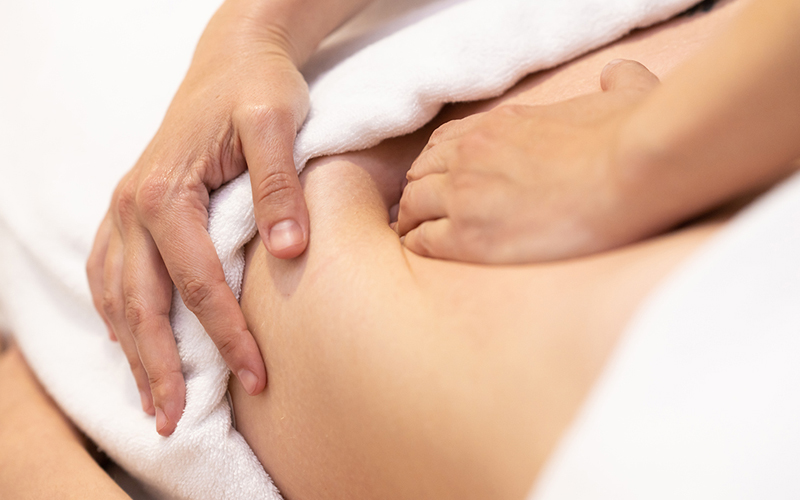Lipedema and Lymphedema: Travel Made Easier for Patients on the Go
Travel can be a rewarding experience, but for individuals with lipedema and lymphedema, it can also present unique challenges. The risk of swelling, discomfort, and circulation issues makes proper preparation essential. Whether traveling by plane, car, or train, thoughtful planning can make the journey smoother and more comfortable. Here’s how you can travel with confidence while managing your condition.
Understanding the Challenges
Lipedema and lymphedema can both be exacerbated by travel due to factors like prolonged sitting, pressure changes, and dehydration.
- Lymphedema challenges: Prolonged immobility and external pressure changes can cause fluid retention, leading to swelling and discomfort. There is also a higher risk of infections such as cellulitis.
- Lipedema challenges: Those with lipedema may experience increased pain and sensitivity from sitting for long periods, along with inflammation triggered by travel stress and dietary changes.
Air Travel & the Impact of Cabin Pressure
Flying presents additional concerns due to changes in cabin pressure, which can significantly affect individuals with lymphedema.
- Lower oxygen levels & fluid retention: Reduced air pressure at high altitudes can impair circulation, leading to increased fluid retention in affected limbs.
- Tissue expansion & swelling: The drop in pressure allows gases and fluids in the body to expand, which can worsen swelling.
- Reduced movement & lymphatic stagnation: Sitting for long periods without movement can further slow lymphatic drainage, exacerbating swelling.
- Increased risk of blood clots: Lymphedema patients are at a higher risk for deep vein thrombosis (DVT), especially on long flights.
How to Prevent Swelling on Flights:
- Wear compression garments (class 2 or higher for long flights) to prevent excessive swelling.
- Hydrate regularly to maintain lymphatic flow and prevent fluid retention.
- Move frequently by stretching, walking when possible, and doing in-seat exercises like ankle pumps and knee lifts.
- Massage and elevate your affected limbs during the flight when possible.
Pre-Travel Preparation
Proper planning ensures a smoother trip and minimizes potential flare-ups.
- Medical preparation: Consult with your healthcare provider before traveling and carry necessary medical documentation.
- Packing essentials: Include compression garments, travel-size skincare products, and anti-inflammatory snacks. Electrolyte tablets, and lymphatic self-care tools like dry brushes or vibration devices.
- Dietary considerations: Plan for anti-inflammatory meals and avoid excessive sodium and processed foods, which can increase swelling.
Travel-Specific Tips
Different modes of travel require unique strategies:
- Air Travel: Choose an aisle seat for easy movement, wear compression garments, and perform in-seat exercises.
- Car Travel: Take breaks every 1–2 hours to stretch and move, and use lumbar support cushions for better posture.
- Train & Bus Travel: Stand and stretch periodically, stay hydrated, and keep compression in check.
On-the-Go Self-Care
- Gentle movement & stretching: Engage in deep breathing, yoga, or light exercise to keep circulation moving.
- Stay hydrated: Aim for at least 2 liters of water per day and avoid alcohol and caffeine, which can contribute to dehydration.
- Manage stress & sleep: Use relaxation techniques like aromatherapy (lavender, frankincense) and guided meditation. Adjust your sleep schedule to minimize jet lag.
Final Thoughts
Travel doesn’t have to be overwhelming! With proper preparation and self-care strategies, individuals with lipedema and lymphedema can travel safely and comfortably. By implementing these tips, you can ensure a smoother, more enjoyable journey while maintaining your health. Contact us for more information.
For more personalized guidance, visit Beauty Kliniek Aromatherapy Day Spa 858-457-0191

